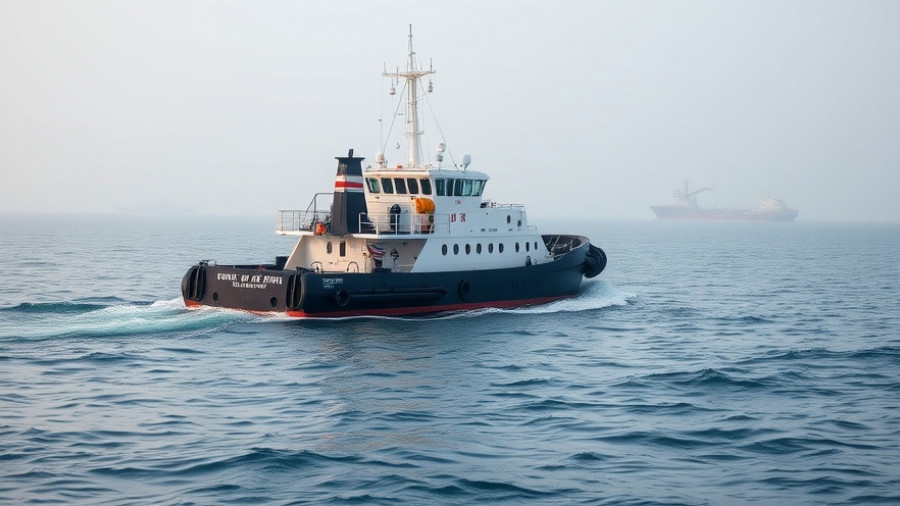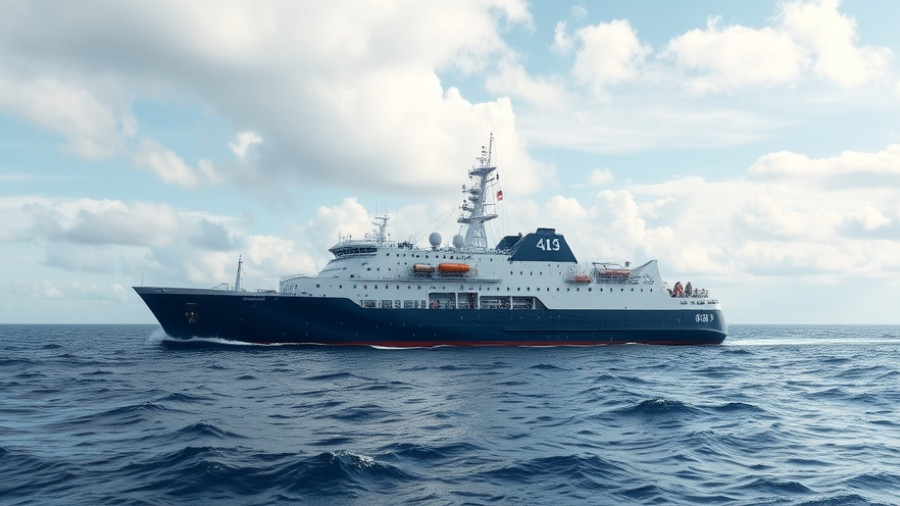
The Surge of AI Goods Driving Global Trade Resilience
As we navigate through 2025, the landscape of global trade is experiencing a remarkable transformation. The World Trade Organization (WTO) has reported a significant uplift in trade, spurred largely by artificial intelligence (AI)-related goods. Goods like semiconductors, servers, and telecommunications equipment have not only fueled trade growth but are reshaping the way countries interact economically.
According to the WTO’s latest report, there was a 20% year-on-year increase in the trade of AI-related goods during the first half of the year. This remarkable surge accounts for approximately 43% of global trade growth, illustrating the powerful impact of AI on the market. In value terms, AI goods represented nearly half of the overall merchandise trade expansion in the same period, valued at an astounding $1.92 trillion.
The Role of Frontloading in Current Trade Dynamics
The concept of frontloading—importing goods in advance of anticipated tariffs—has played a crucial role in the heightened trade activity. Businesses in North America, in particular, have increased their inventories in anticipation of new taxes. This strategy aligns with broader macroeconomic factors such as disinflation and prioritization of fiscal policies conducive to growth.
While global merchandise trade volume grew by 4.9% year-on-year, overall trade value also saw an increase of 6% in the first half of 2025. Yet, the situation is not without its challenges as the WTO anticipates this growth rate to moderate, predicting a decline in trade volume growth to 2.4% in 2025 and a mere 0.5% in 2026.
Emerging Economies: The Unexpected Trade Champions
Interestingly, the growth of South-South trade—trade between developing countries—has outpaced global trends. Emerging markets have shown an increase of 8% overall in trade value, even more impressively reaching 9% when excluding China. This shift indicates a vibrant reconfiguration of global trade routes where relationships between developing nations are evolving and expanding, breaking reliance on traditionally dominant economies.
As Ngozi Okonjo-Iweala, WTO’s Director-General emphasized, the expansion of AI trade is not merely a reaction to recent policies but signals a deeper structural investment in digital infrastructure. "Countries' measured response to tariff changes and the potential growth of AI reflects a promising adaptation to current economic challenges," she stated.
Future Risks and Opportunities Amid Trade Growth
However, optimism must be cautiously balanced with realism. The WTO warns that rising input prices and the potential inflation caused by tariffs could begin to erode trade gains later in 2025. The proliferation of trade-restrictive measures poses a significant risk, with economists noting that any further unforeseen disruptions could threaten the current trade recovery.
Nevertheless, this presents an opportunity for nations to reinvigorate partnerships and redefine trade modalities to fuel resilient growth in the longer term. The burgeoning AI sector, especially, holds immense potential if policymakers can foster an environment that encourages investment in education and training alongside robust various trade agreements.
The Takeaway: Navigating a Profound Transformation
The data reveals that while the global trade environment is fraught with uncertainty and shifting dynamics, the integration of AI into trade represents an optimistic frontier. The opportunities for growth in the AI sector could lead to changes in the fabric of global commerce, enhancing connectivity and commitment to a rules-based trading system. In these evolving times, nations must collaborate to ensure that the benefits of this AI trade surge are broadly shared, paving the way for a more interconnected and prosperous future.
This insight underscores a crucial point: understanding the dynamics of AI goods and their impact on global trade is vital for businesses and policymakers alike. Do you want to stay ahead in the evolving trade landscape?
 Add Row
Add Row  Add
Add 




Write A Comment